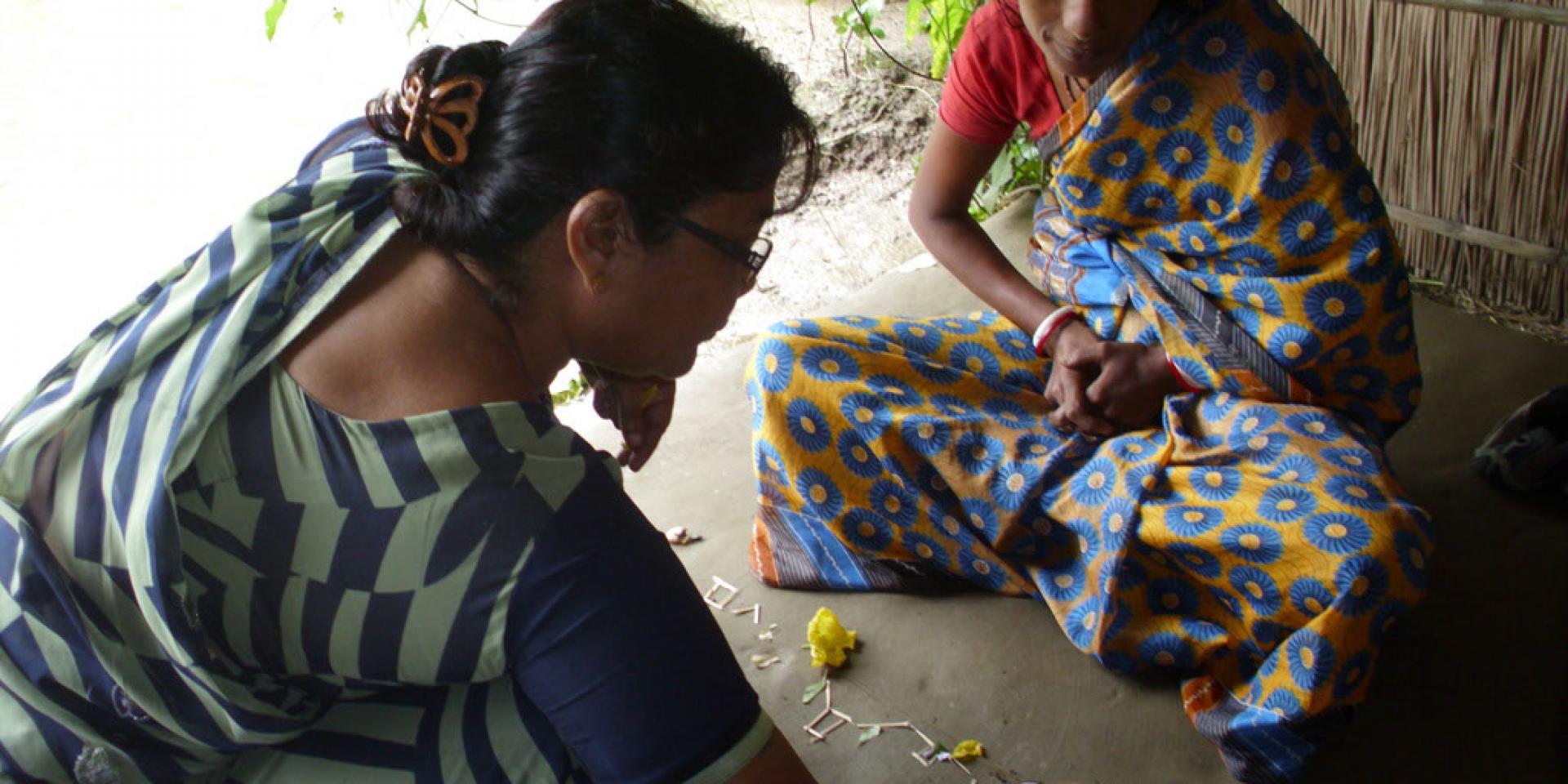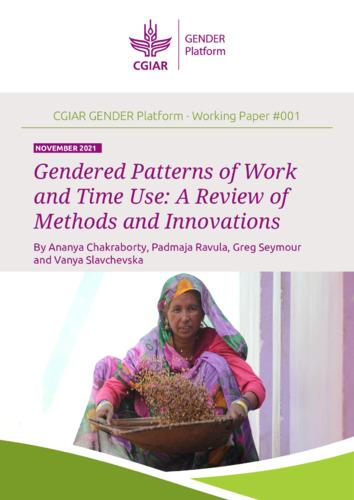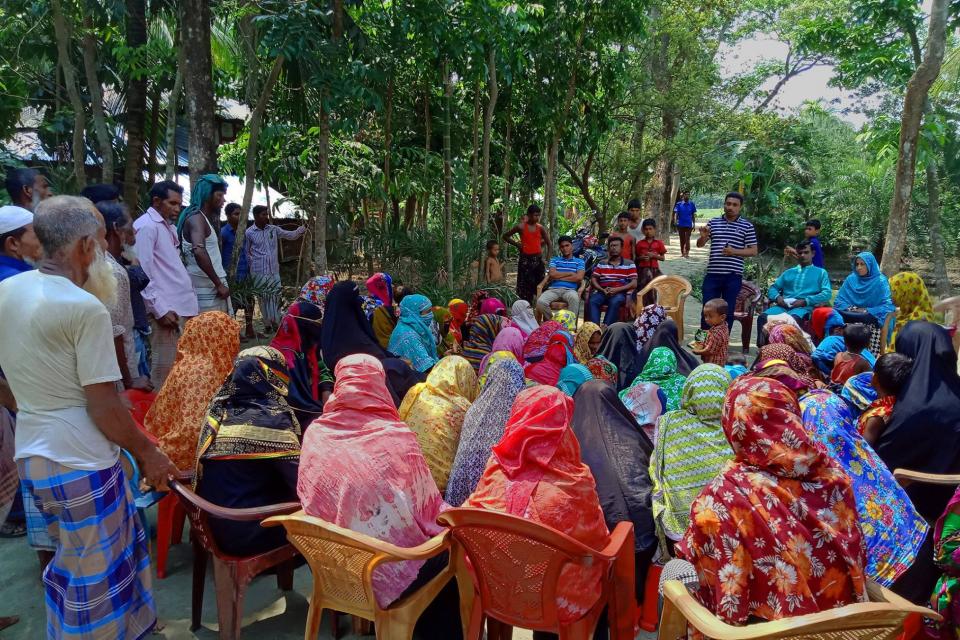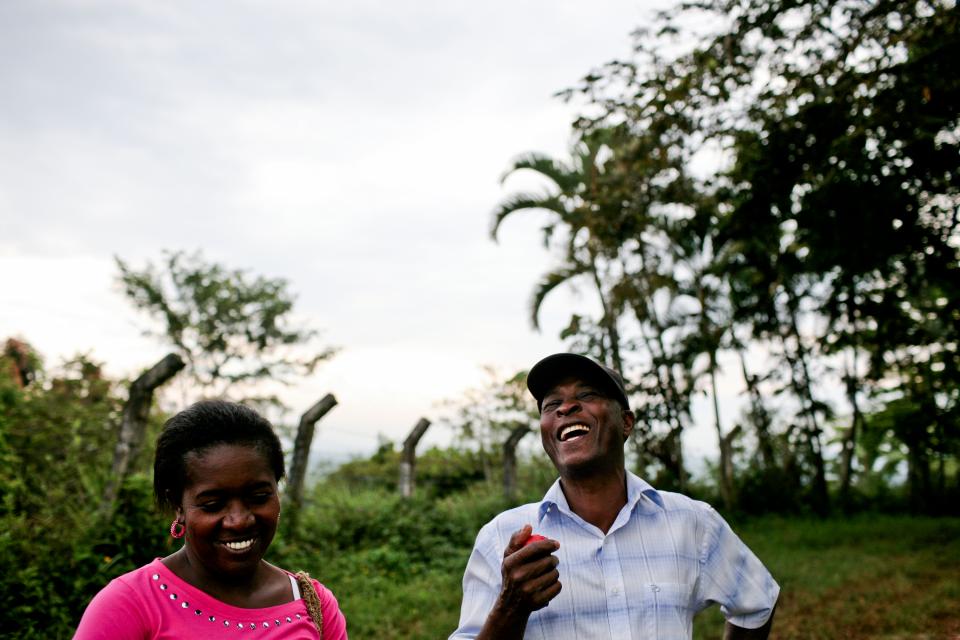Gender and inclusion manual
 Photo: Udita Chatterjee/Landesa
Photo: Udita Chatterjee/Landesa
This manual is a resource and toolbox on diagnostic and action research for gender-sensitive and socially inclusive climate change programs.
Why is this manual important?
Climate change is a social issue. As the world moves towards climate-smart responses that bridge food security, resilience and mitigation of green house gasses, practitioners and researchers face the challenge of doing so through socially relevant and gender-sensitive approaches.
This manual is a resource and toolbox for non-governmental organization practitioners and program designers interested in diagnostic and action research for gender-sensitive and socially inclusive climate change programs in the rural development context.
It is meant to be an easy-to-use manual, increasing the research capacity, skills and knowledge of its users, helping to uncover important gender and social differences in rural communities.
Who is the manual for?
The manual is for researchers, development practitioners and program designers.
How can I use the tool?
The manual provides users with an introductory section that defines basic concepts of gender, climate change, vulnerability, adaptive capacity and participatory action research. It has a section that describes steps in developing a research planning guide, building a research team and sampling procedures. Subsequent sections introduce key participatory tools for context analysis and for gathering a wide variety of information on perceptions of wealth, empowerment and overall socioeconomic dynamics in a community. Users can explore issues of access, use and control over climate services, and how co-benefits of climate interventions are perceived. The final section provides a set of easy-to-use guides on how to organize and analyze qualitative data from participatory action research.
The chapters are in modular format. The modules aim to spark discussions and engagement from participants and include:
Part 3: Logistics and planning guide
When and how was it developed?
It was developed in 2014 in partnership between the CGIAR Research Program on Climate Change, Agriculture and Food Security (CCAFS), World Agroforestry Centre (ICRAF) and CARE International, with valuable contributions from the Food and Agriculture Organization of the United Nations (FAO).
The manual builds on the previously released Gender and Climate Change Research in Agriculture and Food Security for Rural Development training guide, produced by FAO and CCAFS in 2012.
Where can I get the manual? Who can I contact?
You can access the tool here or download.
Related links:
Publications
Gender and inclusion toolbox: participatory research in climate change and Agriculture



